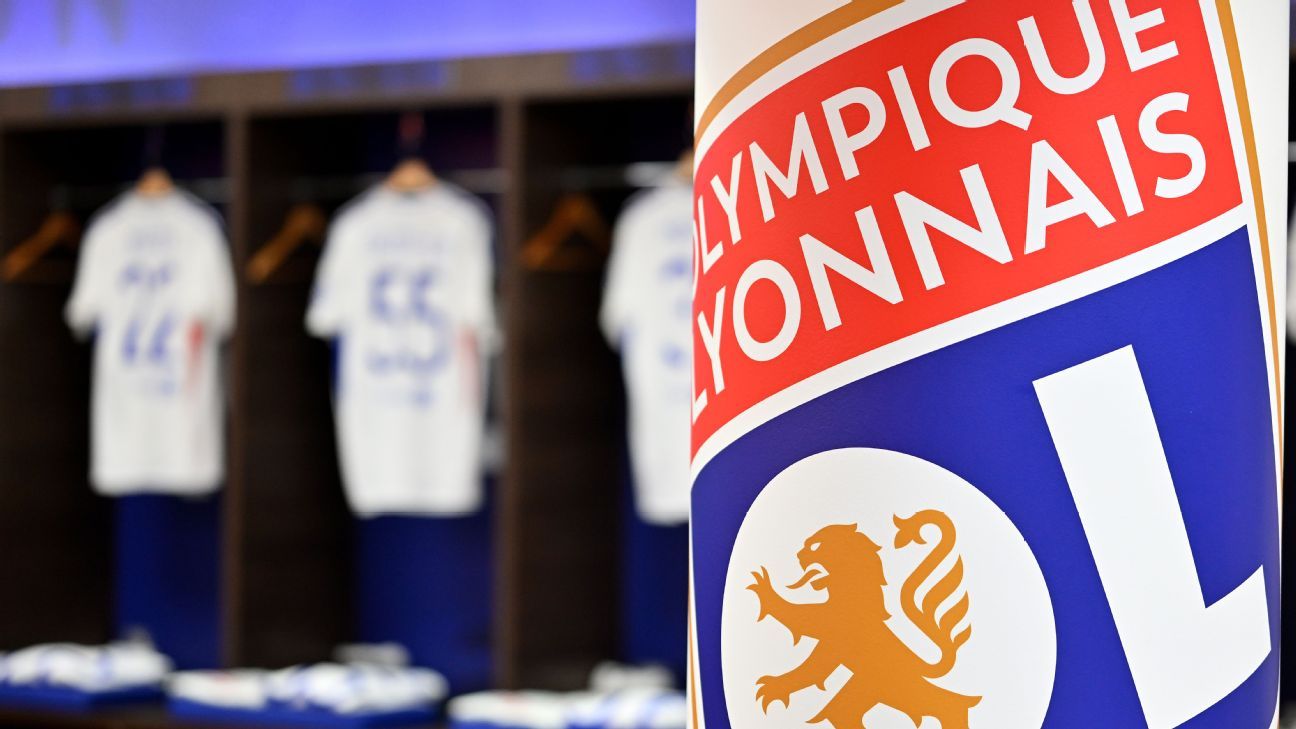
SOUTHERN PINES, N.C. - Could a restored Pine Needles prove to be as demanding of a golf course as Pinehurst No. 2 at this week’s U.S. Women’s Open?
During the 2016-17 rebuilding of Pine Needles, the greens changed from Bentgrass to Bermuda, and the bunkers, fairway dimensions and native roughs modified to a more rugged look - similar characteristics to a golf course down the road that held the 2014 U.S. and U.S. Women’s Opens.
Michelle Wie West won the 2014 U.S. Women’s Open at Pinehurst No. 2 with a final score of 2 under par. There has not been a higher winning score in the event since Wie West prevailed, proving the difficulty of the No. 2 golf course. The turtle-back greens, intricate contours in the greens and native areas that weave throughout the fairways are just a few of the challenges there.
Looking ahead to the first round of this week’s U.S. Women’s Open at Pine Needles, players have emphasized specific characteristics of the course layout that spark reminders of No. 2.
“It’s a second-shot golf course,” said Lexi Thompson on the Donald Ross design. “Obviously keeping it in the fairway is very important and not getting into the sandy areas. But with the runoff greens, just placing it center of the green and getting your two-putts and getting off the green is important out here.”
Nelly Korda – who will be competing in her first event since recovering from blood-clot surgery earlier this year – relayed similar information. “It [the course] has small greens and lots of falloffs,” she said. “The greens are definitely going to be hard this week.”
Falloffs or runoffs, as the players have referred, are steep slopes around the edges of the green that run balls down into large swells and potential native areas, putting serious pressure on the short game’s of the best players in the world.
“Ball-striking is going to be huge around here,” Minjee Lee said. “Some pins might look accessible, but at the same time, if you miss it just by two or three yards, you can be off the green 30 yards away.”
It will be interesting to see how players decide to approach their chip and pitch shots from the falloffs. Many players used putters and hybrids around the greens at Pinehurst. However, some of the slopes at Pine Needles are too steep and the grass is too grainy to use a putter.
“It's very grainy around the greens,” Korda elaborated. “I think the defense of this golf course are definitely the falloffs on the greens because it's Bermuda. Your club gets stuck quite a bit.”
The reality of the contoured greens reveal that aggressive play on the wrong hole will cost you at least a shot on the field.
The defense of Pine Needles doesn’t end there. Off the tee, there are subtle doglegs that create deception on where the widest parts of the fairway are.
“Visually, you think that a hole off the tee is a dogleg where you think you're going to have to maybe cut a corner,” Korda said. “But in reality, you're on the fairway you're like, wow, I have a lot more room to the right.”
One of those deceiving fairways is No. 6. Players must find the left side of the fairway to avoid trees on the right that would force them to cut their second shot around the trees to have a chance of hitting the green.
To add to the difficulty, the length of the golf course (playing at 6,636 yards) will test players’ endurance when hitting long clubs into the greens. A par-71 golf course also decreases the usual four par 5s to three, giving even fewer chances for players to make birdies.
“At the end of the day, especially at the U.S. Open, I think you do have to drive it really well,” Lydia Ko said. “With these greens having a lot of falloffs, having good ball-striking and giving yourself even 30- to 40-footers for birdies is not the end of the world.”
Tee times start on Thursday at 7:00 a.m. EST off the 1st and ninth tee.















 Phone: (800) 737. 6040
Phone: (800) 737. 6040 Fax: (800) 825 5558
Fax: (800) 825 5558 Website:
Website:  Email:
Email: 






